The university is planning to move city centre’s Oasis to the basement of the building and the users of the space are baffled
Tampere University staff and students are worried about the plans laid out in the campus development project. According to the plans the Study and Research Space Oasis, currently residing in Pinni B, would be moved from its current location.
Original text: Hanna Eskelinen
Pictures: Arttu Timonen
Translation: Kiia Saarenpää
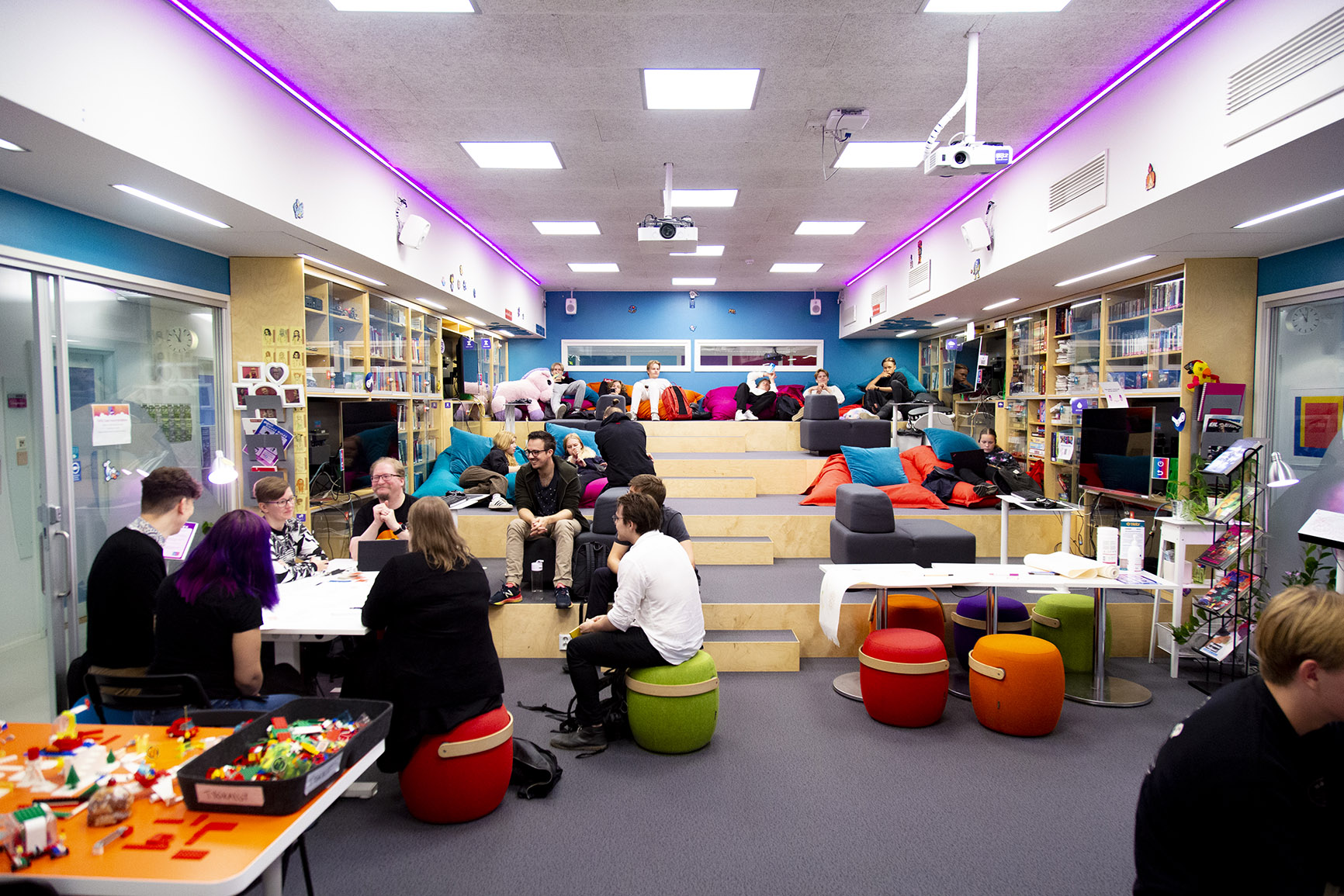
Naptime in the tunnel, having a blast while playing on the consoles, building things with legos and relaxing on the beanbag chairs. All this and much more is the Oasis, located in the Pinni B building on the city centre campus. The space is in heavy use and may be under threat if the university’s plans to relocate Oasis are realized.
Oasis was born almost 10 years ago. The planning of the space involved research
projects in which the working group studied what kind of space the university needs.
And as a result, Oasis came to be.
The key concepts used in the development of Oasis were openness, playfulness, informality and opportunism. The space was designed to be a flexible space open to all that enables a wide range of activities.
University lecturer Kati Alha has been a member of the Oasis team from the very beginning. According to her, the space carried out the wishes of the students, which are still relevant to this day.
”The students wanted spaces where they could relax and just hang out. A space with comfortable seats and where you are free to decided what you want to do.”
In addition, the space was made to be a flexible space for social learning, and Oasis is also continuously used for teaching and research purposes. Therefore, Oasis is exceptional when compared to other spaces at the university.
Post-doctoral researcher Annakaisa Kultima oversaw Oasis from 2012 to the year
2017 and worked extensively on the space, her work ranging from designing the logos
and decorating the space to doing research work. According to her, one of the most
important things in research-oriented spatial planning was to map students’ fears and
hopes.
”Fear of cliquishness was highlighted. We did a lot of work when planning the space
and also after the opening, so that the space would feel open to everyone. If Oasis is
moved from its central location, then very likely this fear will then be realized, if it
hasn’t already been realized in some way”, Kultima says.
The new plans are puzzling
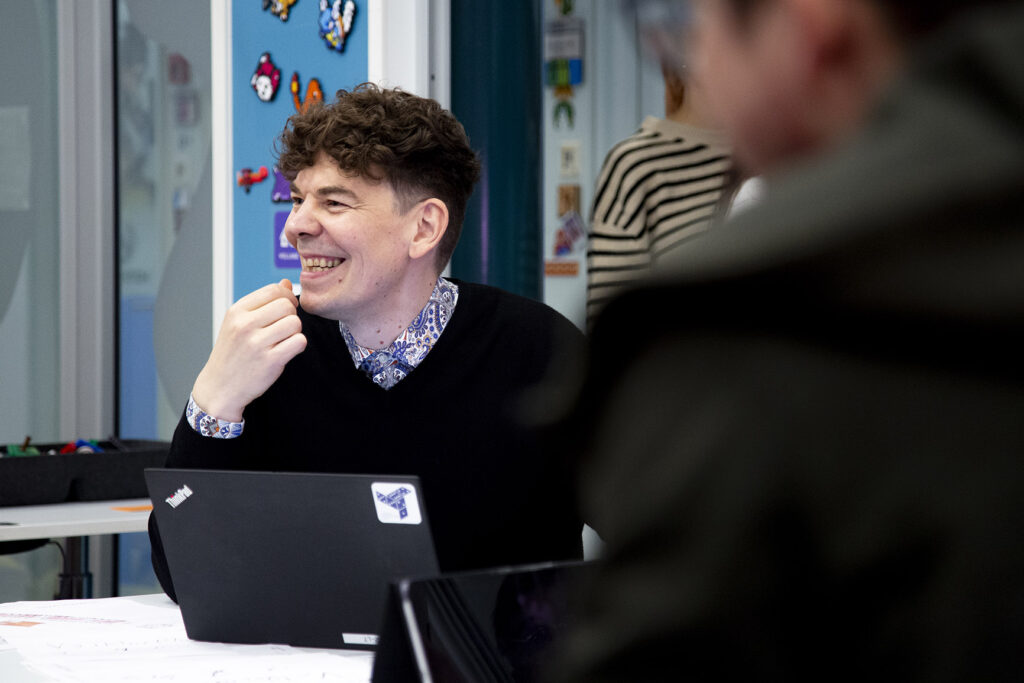
According to Tampere University’s Lecturer in Communication Sciences Jaakko Stenros the location of Oasis on campus has been carefully thought out. Oasis is located on the same floor as the Restaurant Minerva. As a result, by-passing traffic brings people to Oasis and because of this the space would not work elsewhere in the building.
”If Oasis was located somewhere else, there would be no similar type of by-passing traffic and barely anyone would pop over like now”, says Stenros.
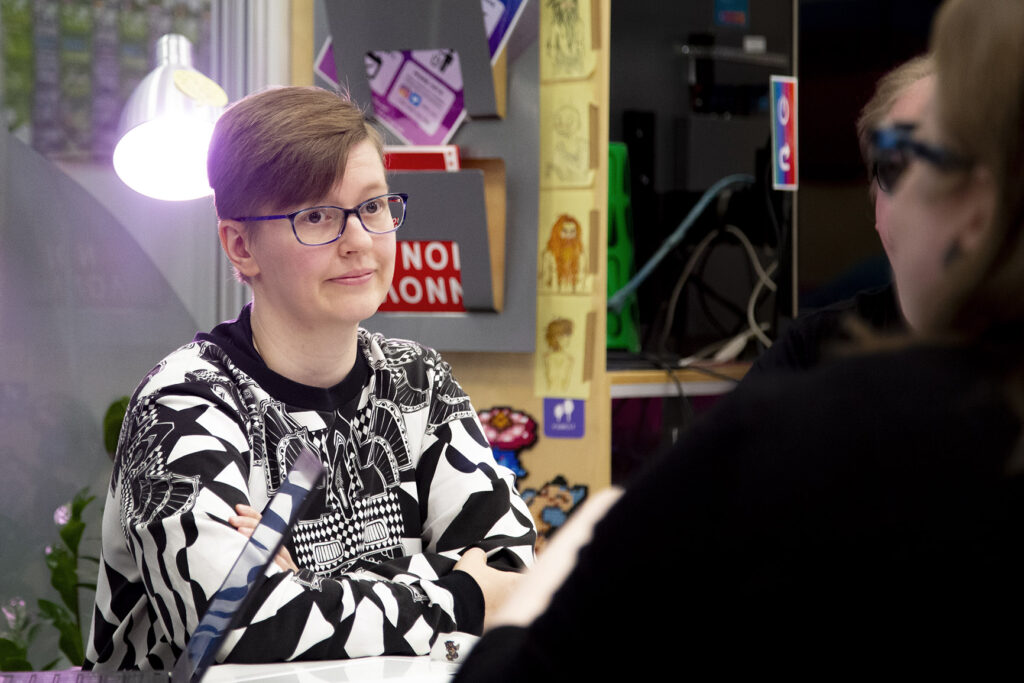
Postdoctoral Research Fellow Usva Friman tells us that several students and staff members have taken a stand for Oasis and its importance, when the campus development project has considered the faith of Pinni B building. In the previous plans, Oasis was marked to be kept in its current location. During the summer however, those plans have changed.
”Before the summer, in all the plans that we saw Oasis was supposed to stay here. But now in the latest plan Oasis is moved to somewhere else”, Friman says.
According to the plans seen by Visiiri, a new space has been planned for Oasis, either from the basement floor or the third floor of the building. The people speaking for Oasis say that they are puzzled by the way this change is being made.
”The new plans were presented without any further explanation as to why the location is to be changed”, Friman says.
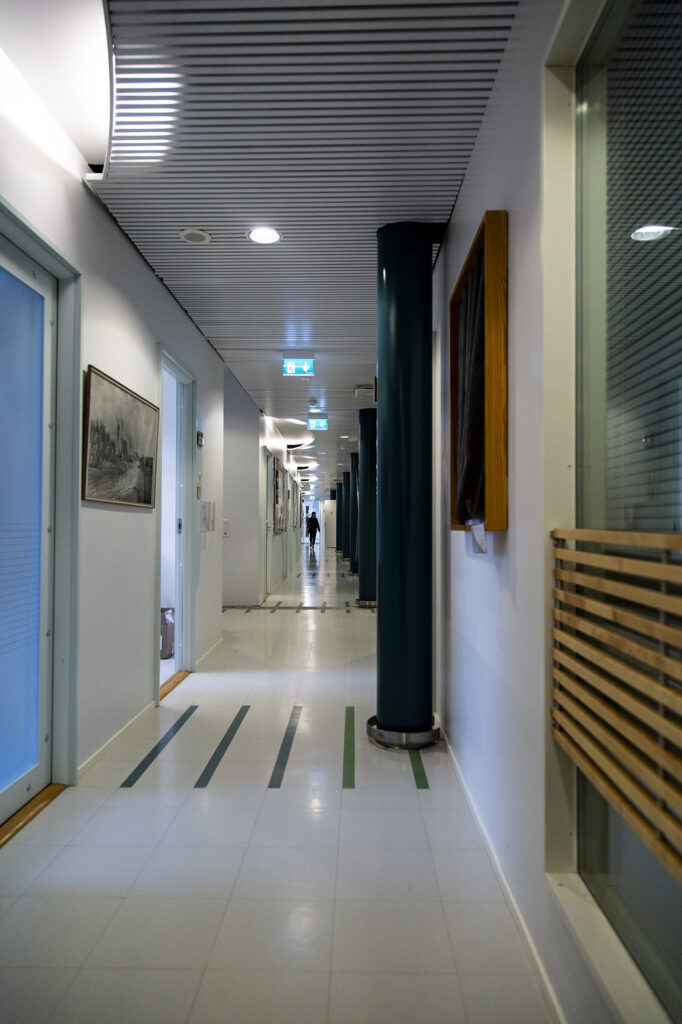
Jaakko Stenros emphasizes that it would not be possible to move Oasis directly to a new location as is.
”The furnishings and fixed structures of Oasis had to be designed specifically to fit this space because Pinni B building curves. The current furnishings just won’t fit in the new space.”
These changes would cost a lot of money. Usva Friman does not believe that there would necessarily be sufficient funds for rebuilding Oasis.
”There really is no funding available for it compared to when Oasis was first established. The budget is affected by the current funding situation of universities”, Friman says.
According to Jaakko Stenros, the budget for building Oasis was 224 000 euros. The construction work took a year, and the researchers were directing the project almost every day. The technology in the space has been updated continuously when necessary.
Stenros and others are worried that those in charge of the campus development project are not aware how important the space really is.
”The place has its own consciously created culture. That culture and the meaning of this space can’t just be transported to a new space. Oasis was designed and build for this space for a reason”, Stenros states.
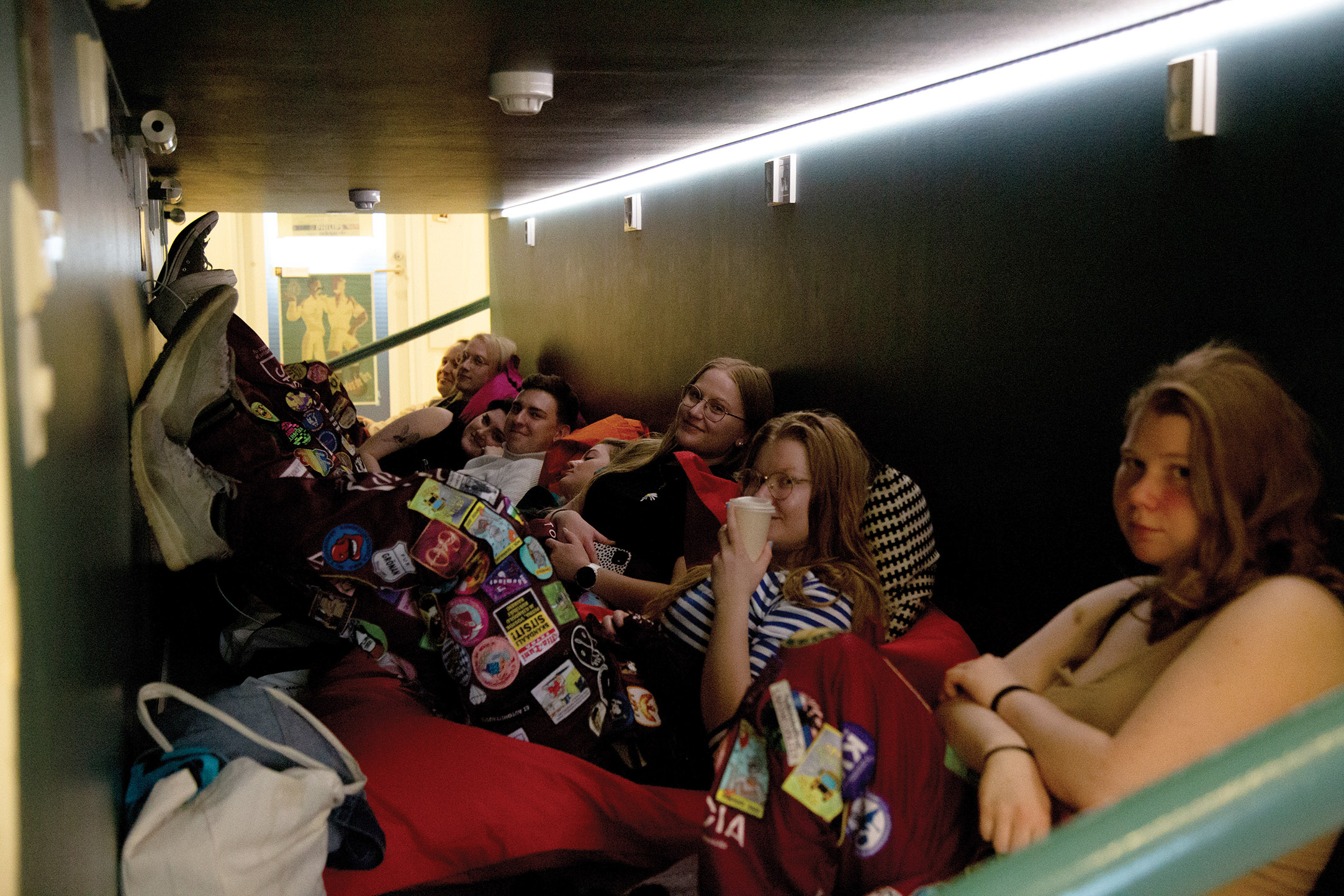
Oasis is an essential part of the campus
During the interview a lot of visitors are coming in and out of Oasis. Tutors are guiding the new students through the secrets of the campus and for many Oasis is part of this campus tour. According to Stenros, this shows what kind of position Oasis has on campus.
According to him, Oasis is so much more than just the physical space itself.
”The users of Oasis care about the space and feel it as their own. Oasis is always open for everyone; the doors are never closed on anyone, and each person is free to use the space as they wish.”
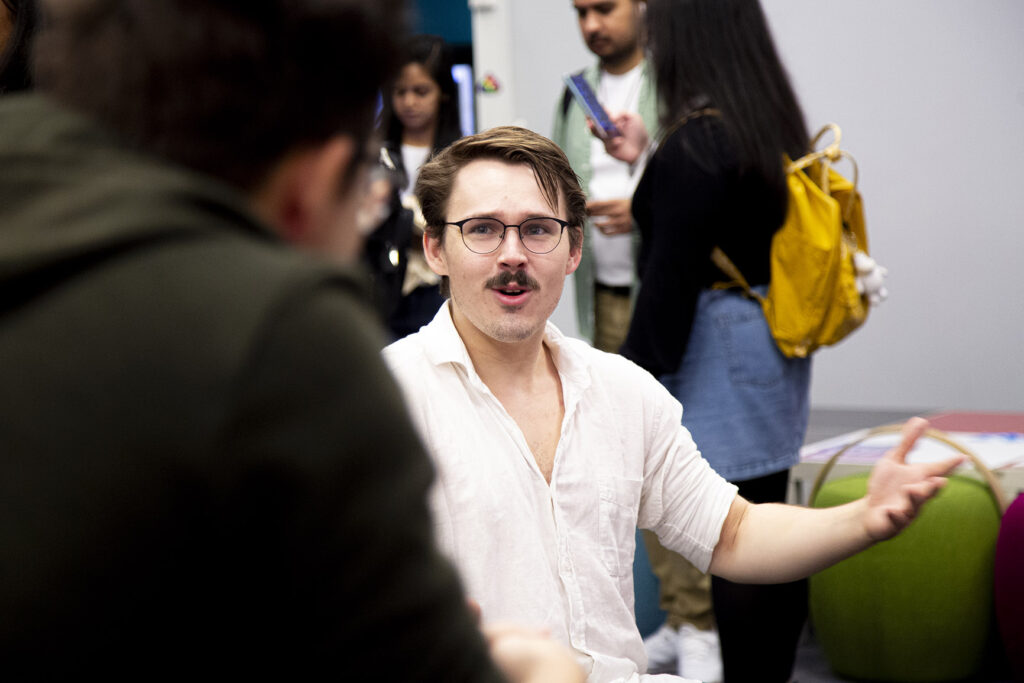
Doctoral researcher Leland Masek tells us that Oasis is a part of the everyday life of the university and many high school students, and staff also use the space.
”Students use Oasis in many different ways. Some come here to relax, others use the space as a pit stop of sort between lectures for example. Some students come here to play board and video games, when others come to study or work”, Masek says.
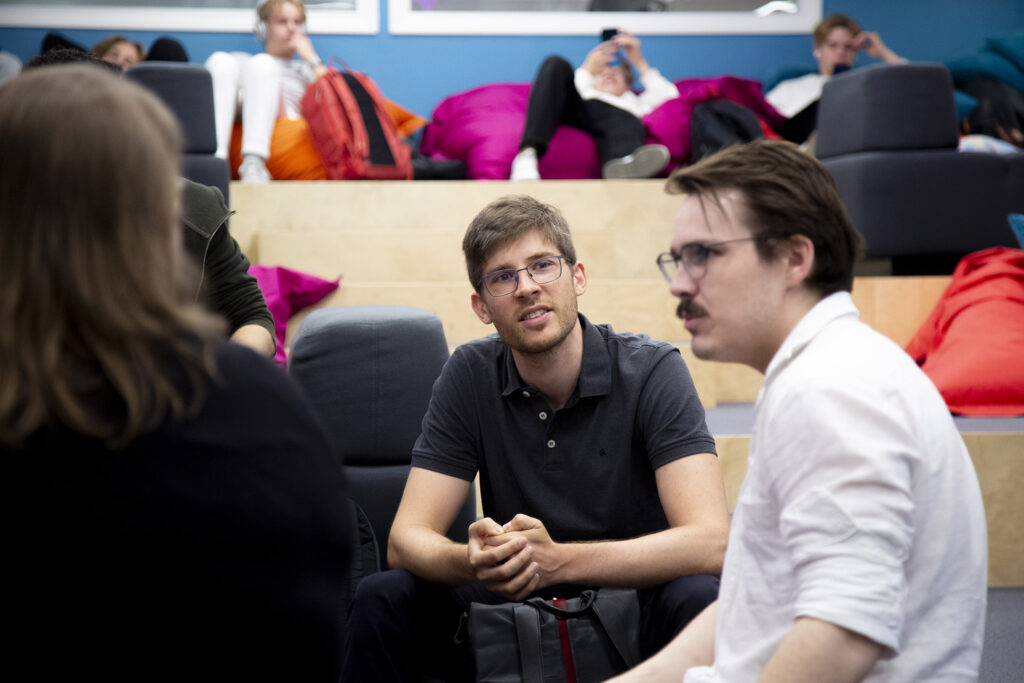
For many international students, Oasis is an important space, because the users speak English by default. Student Uriel Nyffenegger says that to him Oasis is more inviting than the other spaces at the university.
”It’s much more relaxed and colorful here than in the other spaces on campus. I visit Oasis frequently and I like the space.”
Oasis is also used as a research space, where students can work on their projects. Leland Masek describes how the space is also a meeting point between students and the staff.
”I have worked on my doctoral dissertation in Oasis during the summer. I have been able to brainstorm with the staff members.”
Oasis is also used a lot for organising a variety of events. Among other things, guest lectures are held in Oasis, and students can use the space to work on their projects or to present them. According to Usva Friman Oasis has sparked the interest of researchers overseas as well.
”Many come to Finland and want to visit Tampere specifically because of Oasis”, Friman says.
None of the interviewees think that Oasis could survive if it was relocated. Oasis means more to the university than just the sum of its square metres and its walls. The current location of Oasis is the best possible location on campus when it comes to the utilisation of space.
”If Oasis is relocated, it will turn into a tiny, locked up room, and the Oasis as we know it today, will surely die”, Jaakko Stenros remarks.
Visiiri was not able to contact a representative of the campus development working group to comment on the plans.
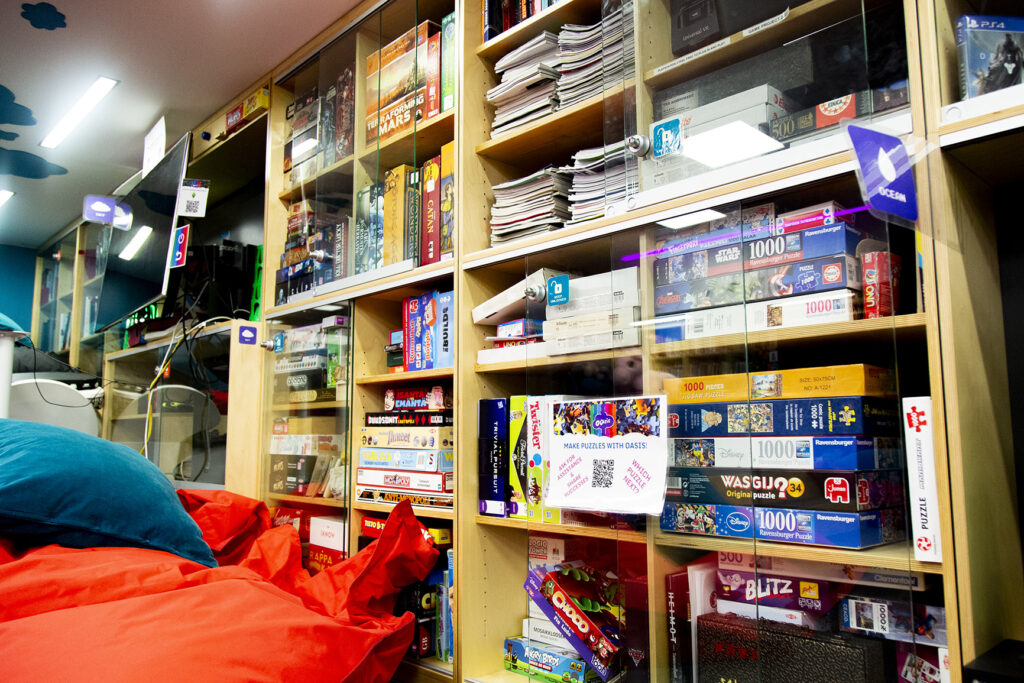
Edited on 29 August at 2.11 PM: Clarified the description of Oasis design work and
added a comment from Annakaisa Kultima.